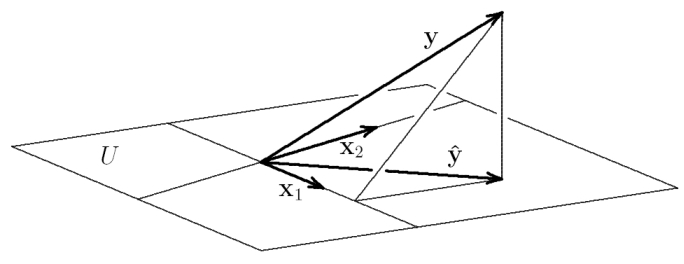The selection of the direction in the directional distance function provides a way to address some endogeneity issues in the estimation of production functions.
In the summer of 2013, Timo Kuosmanen, Christopher Parmeter, and I taught a week long Ph.D. course before the EWEPA conference at Aalto University. Out of this activity we have had a variety of discussion on various research topics. One of which is the issue of endogeneity in production function models. Olley and Pakes (1996) is widely accepted as the way to estimate production functions in main stream economics. In this paper we propose an alternative that does not require proxies or instruments, but rather uses the flexibility to select the direction in the directional distance function to reduce the endogeneity problems.
Abstract:
The classic econometric approach treats productivity as a residual term of the standard microeconomic production model. Critics of this approach argue that productivity shocks correlate with the input factors that are used as explanatory variables of the regression model, causing simultaneity bias. This paper uses production theory and the known properties of the stochastic distance and directional distance functions to address the simultaneity bias. We first examine the standard cost minimization problem subject to a production function with a multiplicative error term to demonstrate that even if the observed inputs and outputs are endogenous, consistent estimation of the input distance function is possible under certain conditions. This result reveals that the orthogonality conditions required for econometric identification critically depend on the specification of the distance metric, which suggests the directional distance function as one possible solution to the simultaneity problem. We then introduce a general stochastic data generating process of joint production where all inputs and outputs correlate with inefficiency and noise. We show that an appropriately specified direction vector provides the orthogonality conditions required for identification of the directional distance functions. A consistent nonparametric estimator of the directional distance function is developed, which satisfies the essential axioms of the production theory. We examine the specification of the direction vector for the two different purposes of econometric estimation versus efficiency evaluation in an application to electricity distribution firms.

